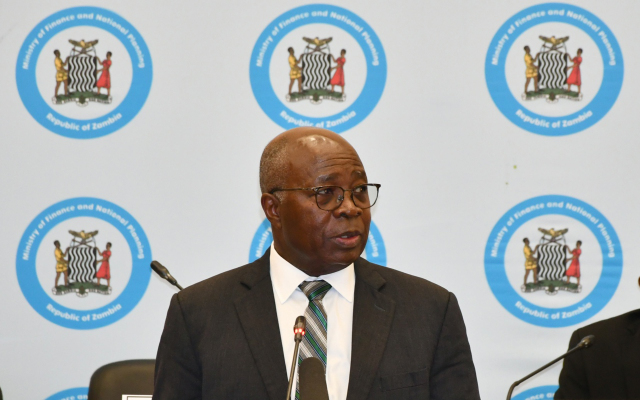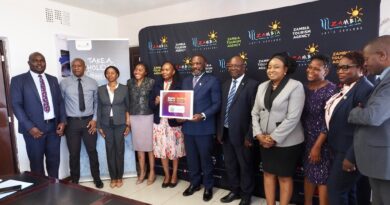Treasury Releases K18.4B in July as Zambia’s Economic Outlook Improves
The Ministry of Finance and National Planning has announced the release of K18.4 billion in July 2025 to fund developmental programmes, debt servicing, and government operations, a move Finance and National Planning Minister Dr Situmbeko Musokotwane says demonstrates the Government’s commitment to meeting its budget targets and delivering results that improve citizens’ lives.
Dr Musokotwane urged all Ministries, Provinces and Agencies to intensify efforts in implementing planned programmes efficiently, with a focus on sectors such as mining, agriculture, livestock, tourism and manufacturing to enhance Zambia’s competitiveness regionally and globally.
“By boosting performance in these areas, the country can create more jobs, raise household incomes, and secure lasting socio-economic transformation and national prosperity,” he said.
In the July disbursement, K5.4 billion was allocated towards arrears and debt servicing, with K5 billion going to domestic debt payments, K304.3 million to external debt service, and K124.8 million to arrears clearance.
A total of K2.2 billion was released for capital expenditure, including K1.7 billion for ongoing road projects and K330 million for infrastructure development under the Ministries of Water Development, Sanitation, Health and Education. The Rural Electrification Authority received K94.5 million to expand electrification in rural areas.
Transfers and subsidies totalled K3 billion, with K1.1 billion disbursed to grant-aided institutions, hospitals and public universities; K824 million for school grants supporting the free education policy; and K800.1 million to the Food Reserve Agency for crop purchases. A further K426.1 million was allocated to the Constituency Development Fund (CDF), K200 million to settle arrears under the food security pack, and K121.2 million for the Local Government Equalisation Fund.
The public service wage bill accounted for K4.7 billion, covering salaries for local government workers and overseas allowances for Zambian diplomats.
Reflecting on the economic trajectory, Dr Musokotwane cited steady GDP growth over the past three years, with stronger gains expected as reforms in mining, agriculture and other sectors take hold.
However, he acknowledged that not all citizens have yet felt the benefits of growth, stressing the Government’s continued investment in social protection and public services, including free education, social cash transfers and expanded healthcare facilities funded through the CDF.
He also pointed to Brazil’s agricultural transformation as an example for Zambia to emulate, highlighting the need to raise maize yields from the current average of 2.5 tonnes per hectare to between 8 and 10 tonnes, particularly among smallholder farmers.
The Minister reaffirmed the Government’s commitment to maintaining macroeconomic stability, sustaining social spending, restoring fiscal and debt sustainability, and advancing structural reforms, as highlighted in the IMF’s Country Report No. 25/225 released on 5 August 2025.



